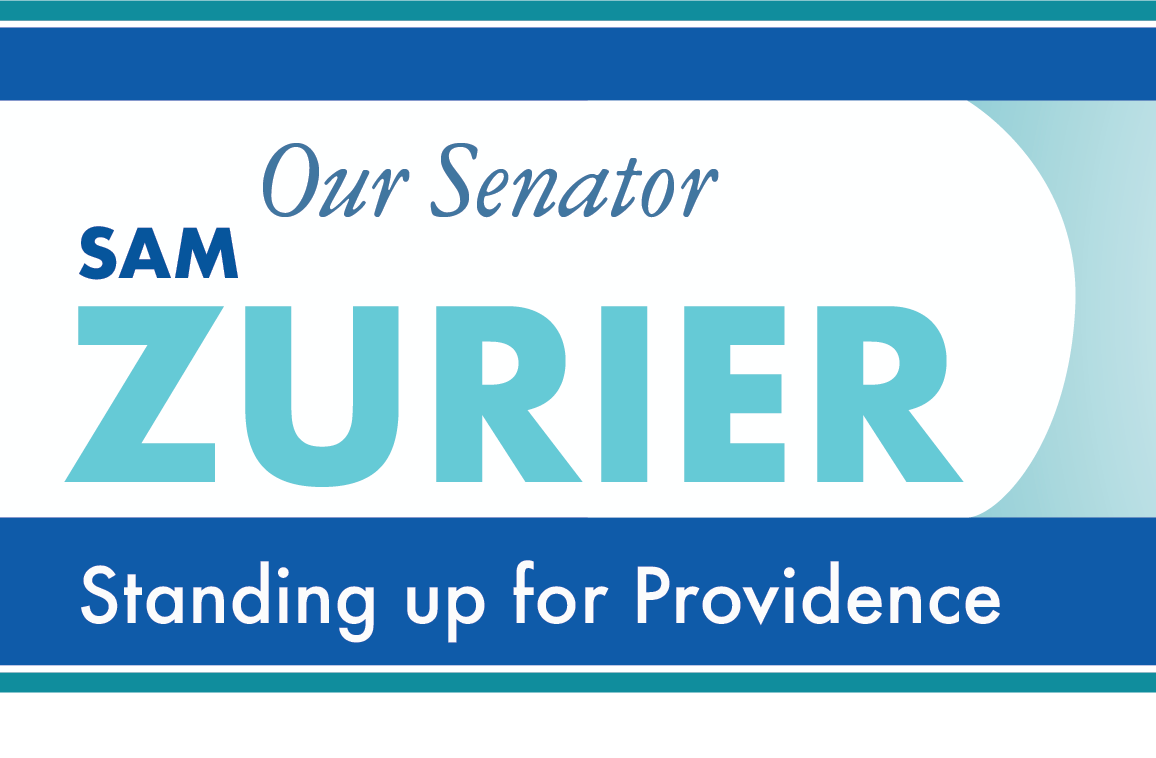This week’s letter discusses the Finance Committee’s review of the supplemental budget with American Rescue Plan Act funds.
On Thursday evening, the Senate and House Finance Committees met to review for approval an amended version of the Governor’s proposed “down payment” budget to spend $113 million in federal funds awarded to the State under the American Rescue Plan Act (“ARPA”). The Governor’s proposal was comprised of the following components:
· $32 million in financial and technical assistance to small businesses and COVID-impacted industries;
· $15 million to develop affordable housing;
· $13 million in assistance for the tourism, hospitality and events industries;
· $12 million to acquire property for redevelopment as affordable and supportive housing;
· $0.5 million to develop a statewide broadband services plan;
· $0.5 million to expanding the programmatic and administrative capacity for affordable housing;
· $7.5 million for pediatric providers of health care;
· $5.5 million for early intervention providers;
· $12.5 million for supplemental wage payments for providers and supportive staff who serve children and families in the Dept. of Children, Youth and Families;
· $12.7 million for retention bonuses for child care providers;
· $0.3 million for family child care technical assistance grants.
Both committees voted to recommend approval of the budget, which will go before the full House and Senate for review when the chambers begin their January session. Prompt passage (with possible amendments) is expected. As I explained in my November 28 letter, the funding in this budget is primarily for urgent short-term needs resulting from the pandemic. The General Assembly and the Governor share the goal of using the remaining funds (or a large part of them) for long-term investments. The General Assembly expects to consider the larger ARPA budget (of around $900 million) during next year’s session.
Following negotiations among leadership for the two legislative branches and the Governor’s office, the legislative budget changes one funding area, adding an additional $6 million (from unspent federal CARES Act funds) to further support retention bonuses for child care providers, raising the allocation from $12.7 million to $18.7 million. Of equal (if not greater) importance, the legislative budget goes beyond the “bare bones” language in the Governor’s proposal to include specifications concerning program design; for example, the legislative budget’s language provides the following requirements for the $32 million package of aid to small businesses and COVID-impacted industries listed in the Governor’s budget proposal:
· $12.5 million in directed payments for lost revenue;
· $10.5 million in technical assistance for capacity building;
· $7.5 million for capital improvements for public health upgrades;
· $1.5 million for administrative costs to run the program;
· $1 million gross revenue maximum to qualify as a small business;
· Requirement to demonstrate negative impact from the COVID pandemic to qualify for aid;
· Maximum of $10,000 per business through any single program and $20,000 per business maximum of total aid;
· 20% of all funds reserved to aid minority business enterprises.
These specifications will improve both the program design and the chances of successful implementation; however, I believe they still leave important gaps. For example, the Treasury Department has issued an Interim Final Rule which governs the eligibility of using federal funds that “respond to” the economic impacts of the pandemic. At page 37, the Interim Final Rule specifies that while businesses in the travel, tourism and hospitality industries, which suffered a 24% decline in revenue and 17% decline in employment, automatically qualify for federal aid under this category, similar aid for other businesses in other industries must be limited to those that have suffered losses of a similar magnitude. It is not clear whether the administration’s program will be collecting this type of data from the businesses receiving the federal assistance; therefore, it is possible that a large portion of these expenditures will have to be drawn a different pot of federal money called “revenue replacement”, which is limited to approximately one-third of the $1.1 billion, thereby reducing the flexibility of use for the federal funds that remain. (For a more detailed discussion of the four types of ARPA aid, please read my November 14 letter.)
More generally, this administration has used its executive discretion in the past to spend federal funds in controversial ways, such as irregular procurement procedures used to a contract to the ILO Group (as reported by WPRI TV-12), or the attempted provision of a “vaccination bonus” to Council 94 employees that the Governor later described as a “misstep”, instead changing it into a “retention bonus” that did not advance vaccination rates at all. These types of actions raise questions about the administration’s ability to implement successfully the policies embodied in legislation. With that said, basic high school civics principles weigh against a legislature micromanaging the administration through overly restrictive legislation. As a result, I have shared my view with Senate leadership, particularly the Chairs of the Finance and Oversight Committees, that it will be important to conduct regular oversight, including hearings when necessary, to ensure that these funds are spent in compliance with both legislative intent and the public interest.
